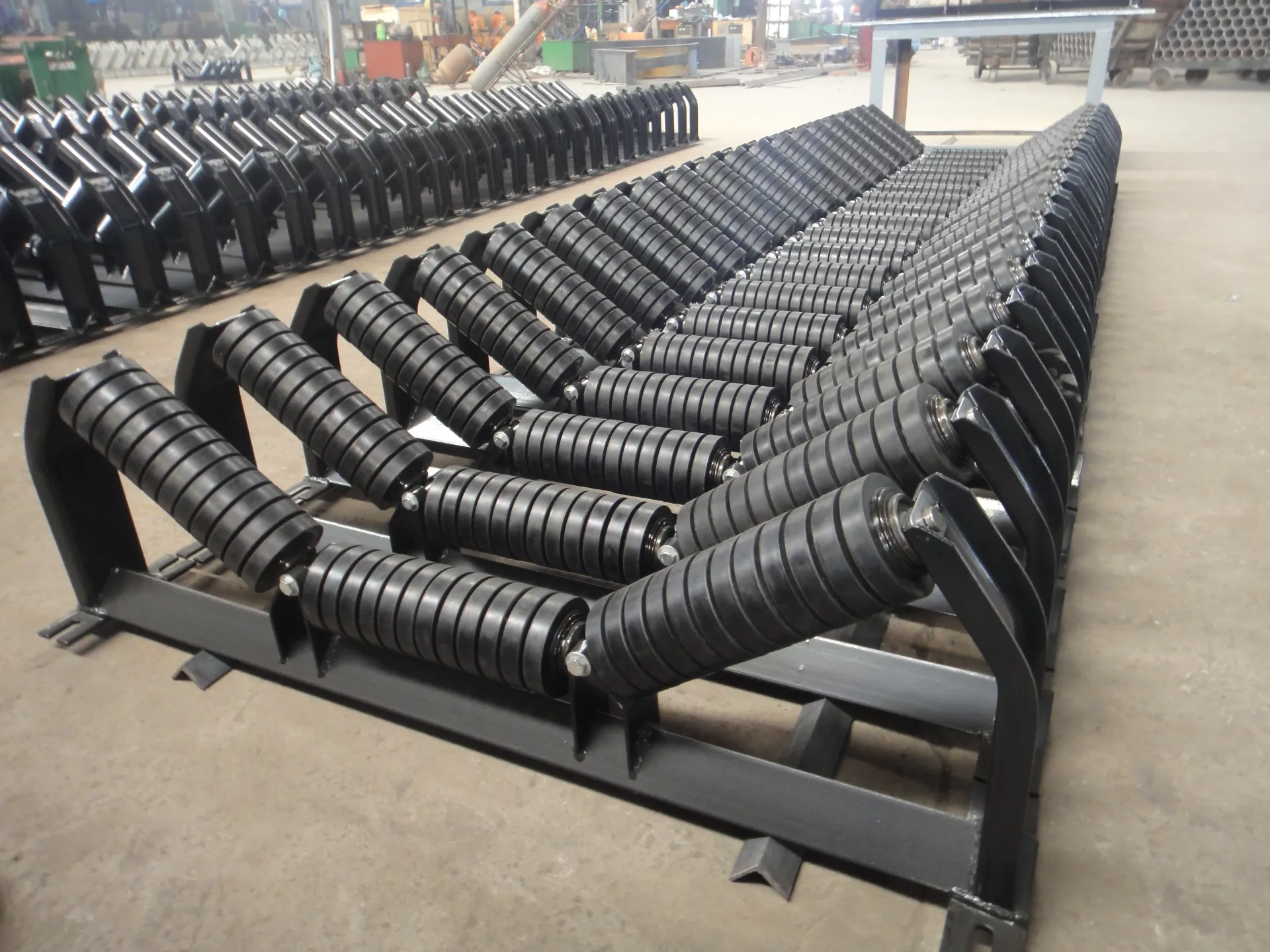 Afrikaans
Afrikaans  Albanian
Albanian  Amharic
Amharic  Arabic
Arabic  Armenian
Armenian  Azerbaijani
Azerbaijani  Basque
Basque  Belarusian
Belarusian  Bengali
Bengali  Bosnian
Bosnian  Bulgarian
Bulgarian  Catalan
Catalan  Cebuano
Cebuano  Corsican
Corsican  Croatian
Croatian  Czech
Czech  Danish
Danish  Dutch
Dutch  English
English  Esperanto
Esperanto  Estonian
Estonian  Finnish
Finnish  French
French  Frisian
Frisian  Galician
Galician  Georgian
Georgian  German
German  Greek
Greek  Gujarati
Gujarati  Haitian Creole
Haitian Creole  hausa
hausa  hawaiian
hawaiian  Hebrew
Hebrew  Hindi
Hindi  Miao
Miao  Hungarian
Hungarian  Icelandic
Icelandic  igbo
igbo  Indonesian
Indonesian  irish
irish  Italian
Italian  Japanese
Japanese  Javanese
Javanese  Kannada
Kannada  kazakh
kazakh  Khmer
Khmer  Rwandese
Rwandese  Korean
Korean  Kurdish
Kurdish  Kyrgyz
Kyrgyz  Lao
Lao  Latin
Latin  Latvian
Latvian  Lithuanian
Lithuanian  Luxembourgish
Luxembourgish  Macedonian
Macedonian  Malgashi
Malgashi  Malay
Malay  Malayalam
Malayalam  Maltese
Maltese  Maori
Maori  Marathi
Marathi  Mongolian
Mongolian  Myanmar
Myanmar  Nepali
Nepali  Norwegian
Norwegian  Norwegian
Norwegian  Occitan
Occitan  Pashto
Pashto  Persian
Persian  Polish
Polish  Portuguese
Portuguese  Punjabi
Punjabi  Romanian
Romanian  Russian
Russian  Samoan
Samoan  Scottish Gaelic
Scottish Gaelic  Serbian
Serbian  Sesotho
Sesotho  Shona
Shona  Sindhi
Sindhi  Sinhala
Sinhala  Slovak
Slovak  Slovenian
Slovenian  Somali
Somali  Spanish
Spanish  Sundanese
Sundanese  Swahili
Swahili  Swedish
Swedish  Tagalog
Tagalog  Tajik
Tajik  Tamil
Tamil  Tatar
Tatar  Telugu
Telugu  Thai
Thai  Turkish
Turkish  Turkmen
Turkmen  Ukrainian
Ukrainian  Urdu
Urdu  Uighur
Uighur  Uzbek
Uzbek  Vietnamese
Vietnamese  Welsh
Welsh  Bantu
Bantu  Yiddish
Yiddish  Yoruba
Yoruba  Zulu
Zulu Effective Solutions for Conveyor Belt Pulley Lagging to Enhance Performance and Longevity
Understanding Conveyor Belt Pulley Lagging A Vital Component for Efficiency and Longevity
In the realm of industrial manufacturing and material handling, conveyor systems play a pivotal role. They are essential for transporting goods and products efficiently from one location to another. A critical component of these systems is the pulley, which serves as the heart of conveyor operations. However, the effectiveness and longevity of these pulleys are significantly enhanced through a process known as lagging.
What is Pulley Lagging?
Pulley lagging refers to the application of a material layer on the surface of conveyor pulleys. This layer is designed to improve traction, reduce slippage, and extend the life of the pulley itself. Typically, lagging materials are made from rubber or ceramic compounds, which possess excellent wear resistance and a high coefficient of friction. This makes them ideal for ensuring that the conveyor belt stays securely in position while in operation.
Importance of Lagging in Conveyor Systems
1. Enhanced Traction One of the primary benefits of pulley lagging is the increased traction it provides. When the conveyor belt rotates around the pulley, it must maintain grip to prevent slipping, especially under heavy loads or wet conditions. Lagging enhances this grip, ensuring a smoother operation and reducing the likelihood of costly shutdowns due to slip-related failures.
2. Wear Protection Conveyor systems experience significant wear and tear due to the constant movement of materials. Lagging provides a protective barrier that reduces direct metal-to-metal contact, which can lead to premature wear of the pulley. By safeguarding the pulley’s surface, lagging can significantly prolong its operational lifespan and reduce maintenance costs.
3. Noise Reduction Rubber and similar lagging materials can help dampen noise generated during conveyor operations. In high-production environments, managing noise levels is essential for worker comfort and compliance with occupational safety regulations. Lagging can contribute to a quieter operating environment, enhancing employee well-being.
4. Increased Load Capacity With improved grip and reduced slippage, lagged pulleys can handle greater loads more efficiently. This capability allows for the transportation of heavier materials without compromising the integrity of the conveyor system. As industries continue to evolve towards handling increased loads, the significance of pulley lagging becomes even more apparent.
conveyor belt pulley lagging

Types of Lagging Materials
There are various types of lagging materials available, each suited for different operational needs
- Diamond Pattern Lagging Commonly used for applications requiring maximum traction; it features a raised diamond pattern that enhances grip.
- Ceramic Lagging Ideal for high-friction applications; ceramic material provides exceptional wear resistance and is excellent for handling abrasive materials.
- Smooth Rubber Lagging Often used in applications where minimal resistance is desired, smooth rubber lagging still provides a level of protection and grip.
- Fire-Resistant Lagging In industries dealing with flammable materials, using fire-resistant lagging can prevent ignition, adding a layer of safety to conveyor operations.
Conclusion
In conclusion, conveyor belt pulley lagging is a critical aspect of maintaining efficient and reliable conveyor systems. By enhancing traction, protecting against wear, reducing noise, and allowing for increased load capacities, lagging contributes significantly to the overall performance and longevity of conveying equipment. Industries ranging from mining to food processing can benefit from investing in high-quality lagging solutions tailored to their specific applications. As technology continues to advance, the development of more innovative lagging materials promises even greater efficiency and durability for conveyor systems in the future.
-
Revolutionizing Conveyor Reliability with Advanced Rubber Lagging PulleysNewsJul.22,2025
-
Powering Precision and Durability with Expert Manufacturers of Conveyor ComponentsNewsJul.22,2025
-
Optimizing Conveyor Systems with Advanced Conveyor AccessoriesNewsJul.22,2025
-
Maximize Conveyor Efficiency with Quality Conveyor Idler PulleysNewsJul.22,2025
-
Future-Proof Your Conveyor System with High-Performance Polyurethane RollerNewsJul.22,2025
-
Driving Efficiency Forward with Quality Idlers and RollersNewsJul.22,2025





























